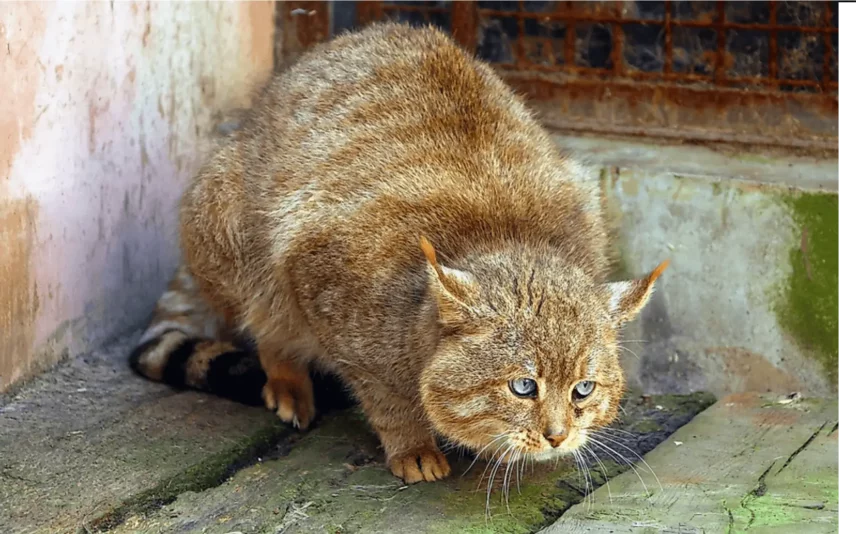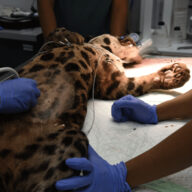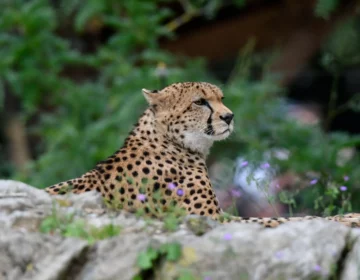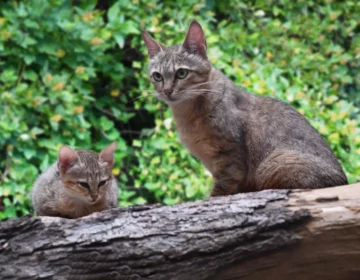
Tibetan cat/Chinese mountain cat
Felis bieti
Tibetan cat/Chinese mountain cat
APPEARANCE
Tibetan cat has a stocky body and relatively short legs. In the Tibetan Highlands, locals call it “grass cat” because its coat corresponds to the color of dry grass. The Tibetan cat’s coat is gray in winter and dark brown in summer. Its sides, limbs, and cheeks are marked with light brown horizontal stripes. The lower lip, chin, and belly are white, and the neck is pale brown. The ears are topped with brown brushes, and the back is pale yellow-brown. The Chinese mountain cat’s tail is downy and brindle with a black tip.
DISTRIBUTION AND HABITAT
It is endemic to China and has a limited range, occurring only on the eastern Qinghai-Tibet plateau.
It lives at high altitudes and in areas with harsh, extreme conditions. The high mountain climate is dry, windy, and very hot or very cold. The Chinese cat inhabits steppes, alpine grasslands, and bushland.
BEHAVIOUR
There is little information on the ecology, spatial distribution, habitat requirements, and behavior of the Tibetan cat. It appears to be a solitary animal active at night or dusk. During the day it rests in caves dug by marmots or badgers, where it gives birth and raises its young.
FOOD
Rodents are the Tibetan cat’s main prey. They mainly catch chars, voles, and barks. They also hunt birds such as pheasants and partridges.
MAIN THREATS
Chemicals used to control rodents can cause secondary poisoning in predators such as the Tibetan cat. Another threat is hunting for fur, which is mainly used locally for traditional hats and clothing.
Recent studies have raised concerns about the potential genetic introgression of domestic cats.





